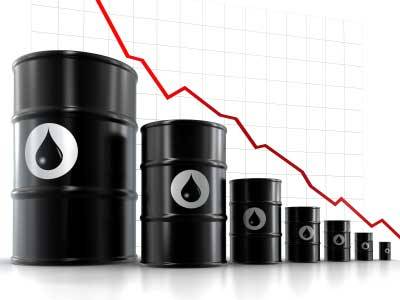Crude futures jumped on Wednesday as hopes for an agreement among exporters to freeze output underpinned the market, although persistent global oversupply and Iran’s plans to boost production pressured physical oil prices.
Oil futures recovered from one-month lows to end the previous session up after the Kuwaiti governor for the Organization of the Petroleum Exporting Countries (OPEC), Nawal Al-Fuzaia, said there were “positive indications an agreement will be reached” on output during a producer meeting scheduled for April 17 in Qatar.
U.S. crude futures CLc1 jumped over a dollar, or almost 3 percent, to a high of $36.92 per barrel before easing to $36.76 per barrel at 0646 GMT. International Brent futures LCOc1 rose as high as $38.64 before easing to $38.41 a barrel, still up 54 cents from their last settlement.
“Oil (futures) gained some momentum. The comment by the Kuwait OPEC governor provided some support to prices,” ANZ bank said, but warned that investors would likely remain cautious ahead of the April 17 meeting.
An expectation that China’s economy might be stabilizing after over a year of slowing also supported prices, traders said.
An initial output freeze agreed in February has helped oil prices rise to almost $38 a barrel from a 12-year low close to $27 plumbed earlier this year.
However, prices have fallen in recent days on doubts that a wider deal will be reached, largely because Iran has so far said it has no intention of slowing its production after crippling sanctions against it were lifted in January.
Iranian Oil Minister Bijan Namdar Zanganeh said the country’s crude output would reach 4 million barrels per day (bpd) by March 2017, state television reported on Wednesday, with plans to export 2.25 million bpd of those supplies.
That would be up from a little over 1 million bpd under the sanctions and only slightly below pre-sanctions peaks of 2.5 million bpd.
With Iran’s exports rising and other producers pledging to freeze production near record-high levels, an agreement would do little to address a global supply overhang that sees at least a million barrels of crude produced every day in excess of demand.
The ample supplies were reflected in physical markets, with Abu Dhabi cutting its March retroactive official selling price (OSP) premium MUR-OSP over benchmark Dubai crudes by 64 cents to $3.06 per barrel.
This followed top exporter Saudi Arabia lowering its May Arab Light crude OSP by 10 cents per barrel to a discount of $0.85 per barrel to the Dubai average.
“We do not rule out additional (oil price) weakness in Q216 before renewed gains later in the year, as a rapid shift in bullish speculative sentiment has outpaced fundamental tightening of the physical market,” BMI Research said.

